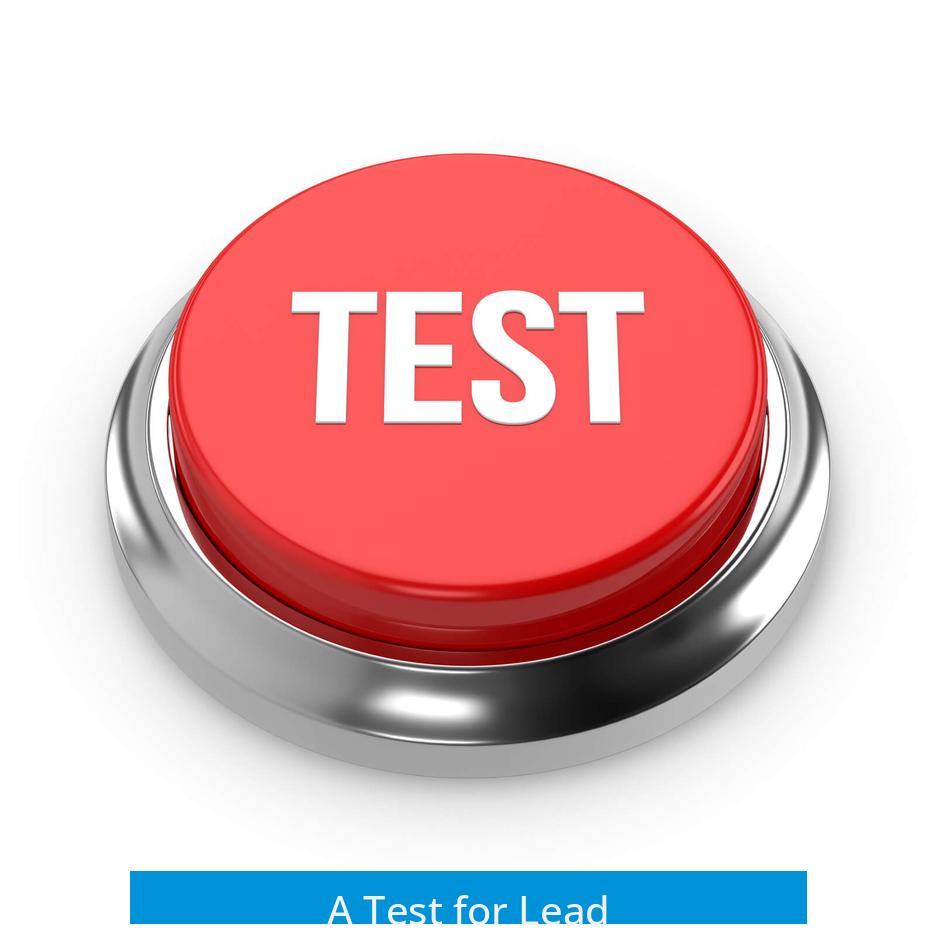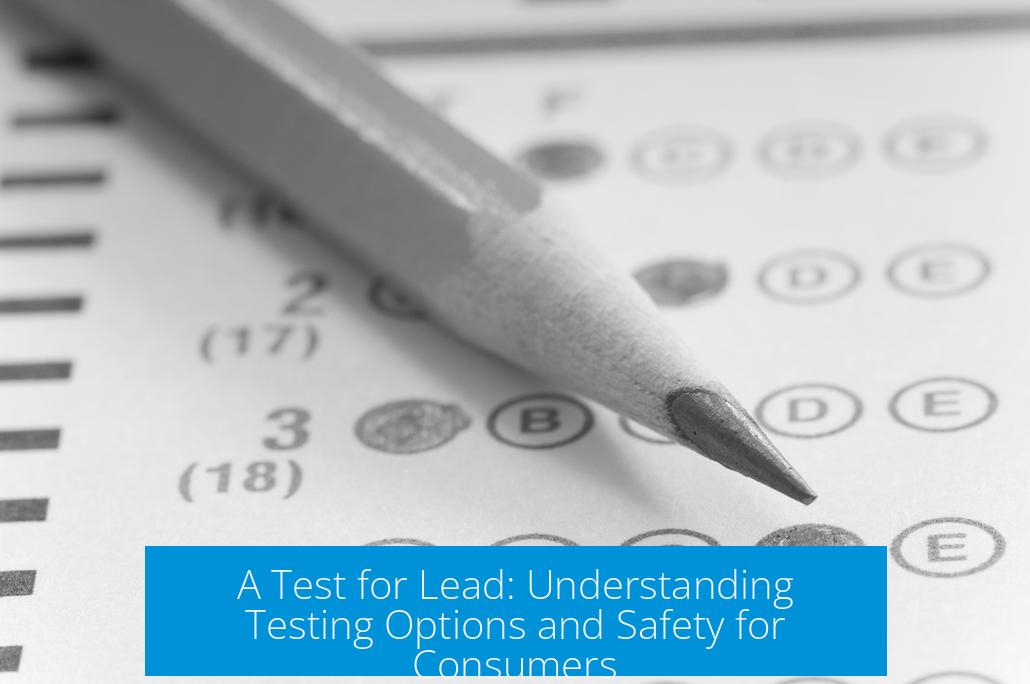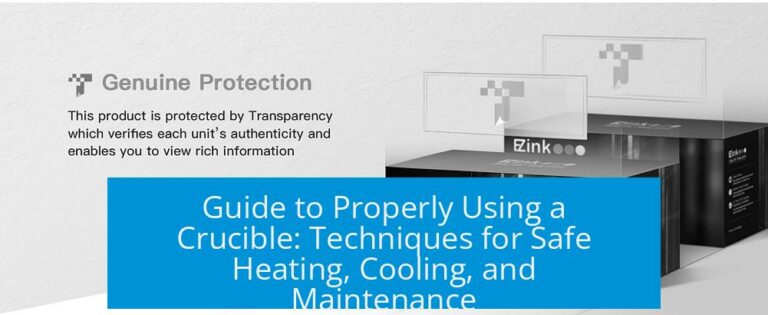A Test for Lead?

Testing for lead involves several methods, from professional lab analysis to home testing kits, each suited to different needs and item types. These methods help identify lead presence, especially on surfaces or in liquids that may contact humans, such as water or household items.
Analytical Labs for Lead Testing
Some analytical laboratories offer lead testing using surface swabs or atomic absorption spectroscopy. These tests give reliable indications of surface leachable lead on consumer products. Though many labs may not be accredited for this specific analysis, they often provide useful results that indicate whether lead is present.
These tests typically measure trace amounts of lead by collecting samples from an object’s surface to analyze in the laboratory. Labs that perform water testing might also handle lead analysis on non-water items. However, such services may not be actively advertised, so contacting the lab directly is advisable to inquire about availability and procedures.
Home Lead Testing Kits from Hardware Stores
Hardware stores often carry home lead testing kits primarily designed for plumbing or painted surfaces. These kits generally require collecting a sample using a provided container and mailing it to a laboratory for analysis.
Some users repurpose these kits by filling items like lead crystal decanters with water, allowing it to sit, then submitting the water as a sample. Although this method is not standard procedure, it may offer binary results indicating the presence or absence of lead.
Keep in mind, these results usually do not quantify the lead level precisely. They are more useful for quick screening rather than detailed analysis.
Lead Sources and Safety Considerations
The main concern for lead exposure in household items is typically lead paint. Lead crystal items contain lead oxide, but the lead in these materials is largely insoluble, meaning it tends not to leach into liquids. This insolubility usually renders lead crystal safe for beverage use.
Lead paint test kits available at hardware stores might be applied to test other items such as decanters. While not designed specifically for this purpose, these kits detect surface lead presence and can offer a preliminary assessment.
Summary of Lead Testing for Consumers
- Professional labs use surface swabs and atomic absorption tests to detect lead accurately.
- Many labs are not accredited for lead surface testing but still provide useful guidance.
- Home lead test kits are designed for plumbing and paint but can be adapted for other items.
- Lead crystal generally poses low risk due to lead’s insolubility in these items.
- Lead paint remains the primary household source of exposure concern.
- Calling test labs directly often yields the best information on available testing services.
How can I test an item for surface lead contamination?
Some analytic labs do surface swab or atomic absorption tests on items. These labs may not be accredited for this test but can give a reliable indication of lead presence. You might need to call labs directly as they usually don’t advertise this service.
Are home lead testing kits reliable for detecting lead in items like decanters?
Home kits often test plumbing water and require mailing samples to a lab. You can fill a decanter with water, let it sit, then test that water. Results usually show if lead is present but won’t give exact amounts.
Should I be worried about lead in lead crystal decanters?
Lead crystal contains lead oxide. However, the lead in crystal is mostly insoluble and generally safe for beverage use. The main lead concern remains lead paint rather than crystal items.
Can lead paint test kits be used for testing items other than walls?
Lead paint test kits from hardware stores are designed for paint but may work on other surfaces like decanters. Their effectiveness outside intended uses is not guaranteed but could give an initial idea.
Why might a lab test for lead not provide an official certificate?
Many labs lack accreditation for surface lead testing, so they cannot issue certified analysis reports. This means results give a good indication but are not official proof for regulatory purposes.





Leave a Comment